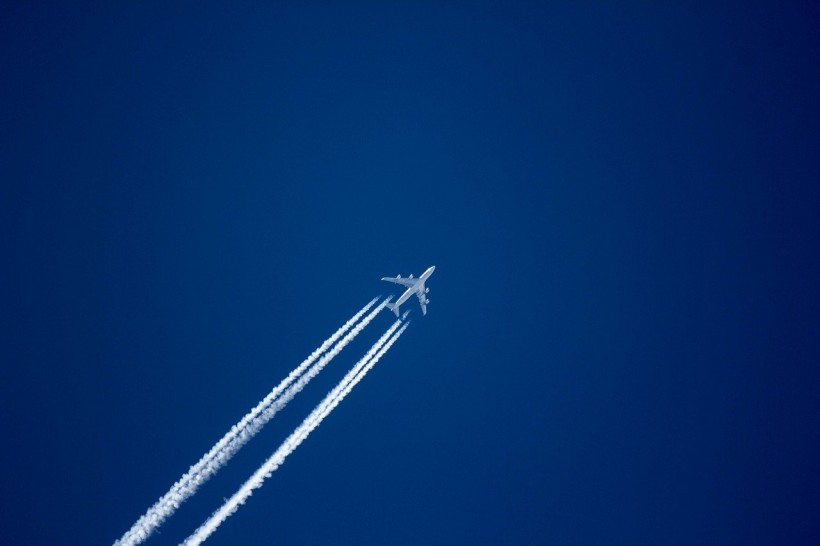Online flight tracking data shows that Airbus Zephyr S has broken the record for the longest flight of an unmanned aircraft. The uncrewed aerial vehicle relies on solar energy. It is currently conducting a very long duration sortie flying over the Kofa National Wildlife Refuge in Arizona to Belize in Central America and back again.
The aircraft is flying high in the atmosphere to avoid commercial air traffic and adverse weather. It has onboard batteries to keep it airborne at night, so it does not need to stop to resupply fuel. Airbus told BBC News that it will release any comments regarding the flight.

Longest Unmanned Flight in History: How Long Was the Airbus Zephyr Flying in the Sky?
Airbus Zephyr S Flew for 26 Days Straight
BBC News reported that the solar-powered unmanned aerial vehicle had spent 26 continuous days airborne, beating its own record in 2018 of 25 days 23 hours, 57 minutes.
The Assured Position, Navigation, and Timing/Space office of the United States Army Futures Command spokesperson told The Drive that the latest flight tested the energy storage capacity, battery longevity, solar panel efficiency, and station-keeping abilities of the unmanned aerial vehicle.
Aerospace magazine editor-in-chief Tim Robinson told BBC that the distance by the Airbus Zephyr S marks an important milestone for the aircraft to confirm its ability to travel beyond the line of sight of its operators, especially because it broke its previous record four years ago.
He added that it was an important demonstration of how it would be used in reality and opened the door for practical uses of the aircraft, such as in the military and relief or disaster operations.
AIrbusu Zephyr S is Like A Satellite
The aircraft could be compared to a satellite that provides crucial imagery from space. But Airbus Zephyr S still has the limitation of having to orbit the whole planet, according to the BBC report.
Although it has something that satellites do not have: the aircraft can return to Earth after being launched, unlike satellites. Robinson said that the aircraft could come back and be upgraded or carry new payloads or improve with new technology.
Airbus Zephyr S is the latest model of the solar-powered aircraft that was originally designed and built in the United Kingdom. The aircraft was invented by Chris Kelleher, who died in 2015. Airbus started its production facilities three years later in Farmborough. As of July 13, it remains airborne and continues to celebrate its 27th day in the sky.
Writing Figures in the Aircraft's Flight Path
Operators have taken the opportunity to write and draw some things using the aircraft's flight path. The Airbus flew over Arizona to trace out the number 26, as well as the letters "USA" and a figure that looks like the outline of the contiguous United States. They also spell out "UK" in one of those flight paths.
According to The Drive, the unmanned aerial vehicle also spelled out the letters R and C with a heart, wherein the exact meaning is currently unknown. Then there is also a "July 4" written a day before there was a waving hand to commemorate America's Independence Day.
Check out more news and information on Airbus in Science Times.














